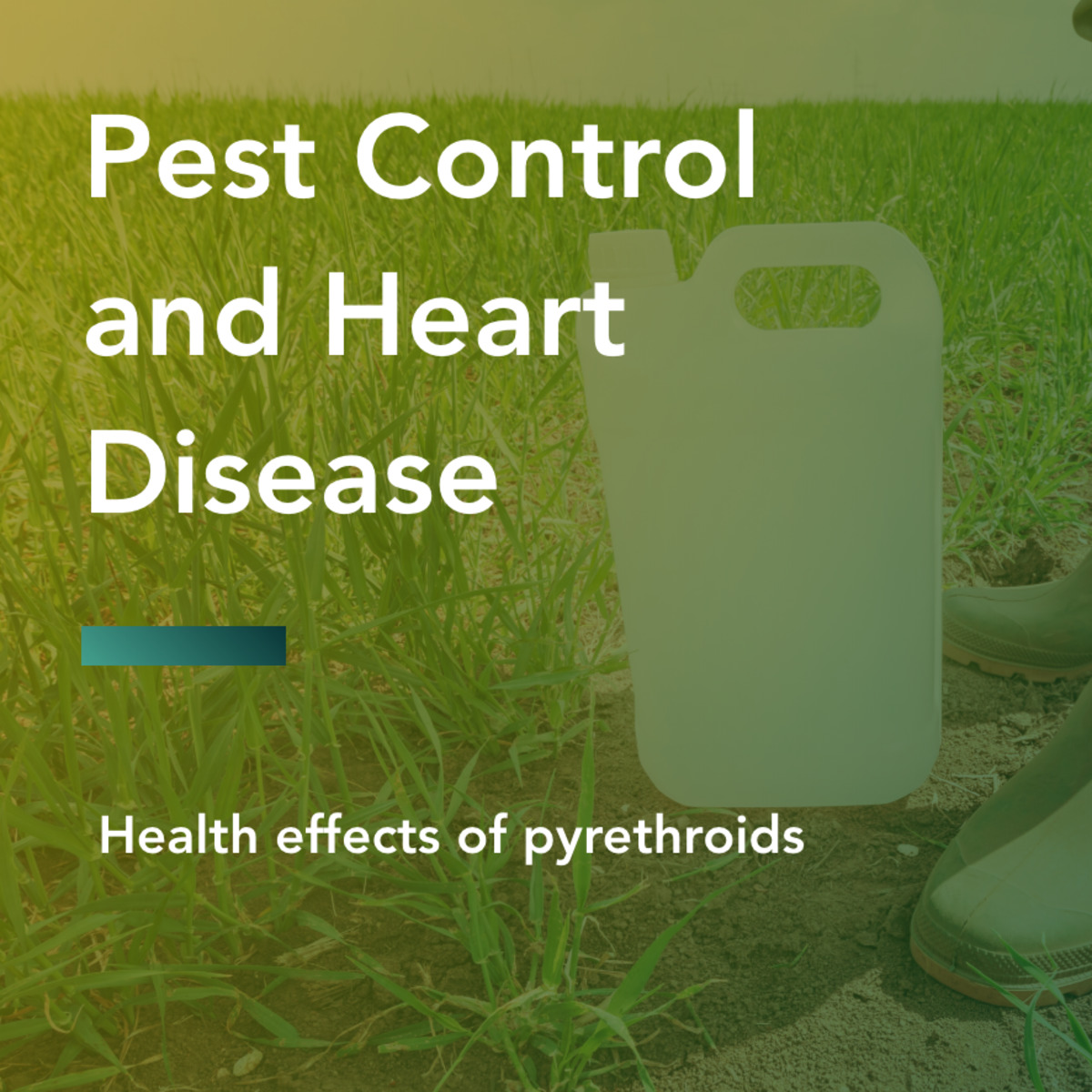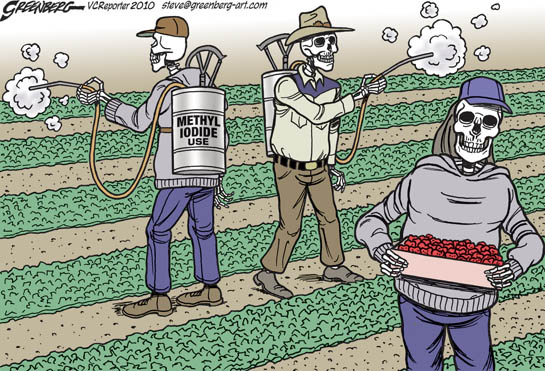The 5-Minute Rule for Eco Bed Bug Exterminators Dc
The 5-Minute Rule for Eco Bed Bug Exterminators Dc
Blog Article
Fascination About Eco Bed Bug Exterminators Dc
Table of ContentsThe 6-Minute Rule for Eco Bed Bug Exterminators DcFascination About Eco Bed Bug Exterminators DcThe 10-Second Trick For Eco Bed Bug Exterminators DcThe Main Principles Of Eco Bed Bug Exterminators Dc A Biased View of Eco Bed Bug Exterminators Dc
Because pesticides are hazardous, they are also possibly hazardous to people, pets, other organisms, and the setting. People who utilize pesticides or regularly come in contact with them must understand the loved one poisoning, prospective health impacts, and preventative actions to minimize exposure to the products they use. Hazard, or risk, of utilizing chemicals is the capacity for injury, or the degree of threat associated with using a chemical under a given set of conditions.
Applicators can minimize or nearly eliminate exposure-- and therefore decrease risk-- by complying with the tag guidelines, utilizing personal safety clothing and devices (PPE), and managing the pesticide appropriately. For instance, even more than 95 percent of all pesticide exposures come from facial exposure, mainly to the hands and forearms. By wearing a pair of unlined, chemical-resistant gloves, this kind of exposure can be virtually removed.
The hazardous impacts that occur from a solitary exposure by any course of entry are labelled "intense effects." The four routes of exposure are facial (skin), breathing (lungs), dental (mouth), and the eyes. Intense toxicity is identified by analyzing the dermal poisoning, inhalation poisoning, and dental poisoning of test pets.
The 30-Second Trick For Eco Bed Bug Exterminators Dc
Intense toxicity is gauged as the amount or concentration of a toxicant-- the a.i.-- needed to eliminate 50 percent of the pets in a test populace. This step is normally expressed as the LD50 (deadly dose 50) or the LC50 (dangerous concentration 50). Additionally, the LD50 and LC50 values are based on a single dose and are recorded in milligrams of chemical per kg of body weight (mg/kg) of the guinea pig or partly per million (ppm).
The reduced the LD50 or LC50 worth of a pesticide product, the greater its toxicity to people and animals. Chemicals with a high LD50 are the least harmful to human beings if used according to the directions on the item label. The chronic toxicity of a pesticide is established by subjecting examination animals to long-lasting direct exposure to the energetic ingredient.
The persistent toxicity of a pesticide is harder than severe toxicity to figure out through lab analysis. Products are categorized on the basis of their relative acute poisoning (their LD50 or LC50 worths). Pesticides that are identified as extremely poisonous (Toxicity Classification I) on the basis of either dental, facial, or inhalation poisoning need to have the signal words threat and poisonous substance published in red with a head and crossbones sign plainly presented on the front panel of the package tag.
The severe (single dosage) oral LD50 for chemical products in this group ranges from a trace amount to 50 mg/kg. For example, direct exposure of a couple of decreases of a product taken orally can be deadly to a 150-pound individual. Some pesticide items have simply the signal word DANGER, which tells you absolutely nothing concerning the severe toxicity, just that the item can create severe eye damage or serious skin irritation
8 Simple Techniques For Eco Bed Bug Exterminators Dc
In this category, the acute oral LD50 arrays from 50 to 500 mg/kg. A teaspoon to an ounce of this product could be fatal to a 150-pound individual (exterminator DC). Pesticide products identified as either slightly toxic or relatively nontoxic (Poisoning Groups III and IV) are advice required to have the signal word CAUTION on the chemical label

All pesticide toxicity values, worths the Consisting of, can be found on the product's Material Safety Data Security InformationMSDS). Chemical tags and MSDS can be obtained from retailers or manufactures - https://www.find-us-here.com/businesses/Eco-Bed-Bug-Exterminators-DC-Brush-Prairie-Washington-USA/34021983/. The symptoms of chemical poisoning can range from a mild skin irritability to coma or even death.
People likewise vary in their level of sensitivity to different levels of these chemicals. Some individuals might show no reaction to an exposure that may create severe illness in others (exterminator near me). As a result of prospective health and wellness worries, pesticide users and handlers should acknowledge the typical symptoms and signs of pesticide poisoning. The impacts, or symptoms, of chemical poisoning can be broadly defined as either topical or systemic.
The 15-Second Trick For Eco Bed Bug Exterminators Dc
Dermatitis, or swelling of the skin, is approved as one of the most typically reported topical impact related to chemical exposure. Signs and symptoms of dermatitis variety from reddening of the skin to breakouts and/or sores. Some people tend to cough, hiss, or sneeze when subjected to pesticide sprays. Some individuals respond to the solid odor and annoying effects of petroleum extracts made use of as providers in pesticide items.
This signs and symptom usually subsides within a few minutes after an individual is removed from the direct exposure to the toxic irritant. Nevertheless, a reaction to a pesticide item that causes someone not just to sneeze and cough but also to develop serious acute breathing signs is most likely to be a real hypersensitivity or allergic response.
Systemic results are quite different from topical impacts. They frequently happen away from the initial factor of contact as an outcome of the pesticide being absorbed into and distributed throughout the body.
Report this page